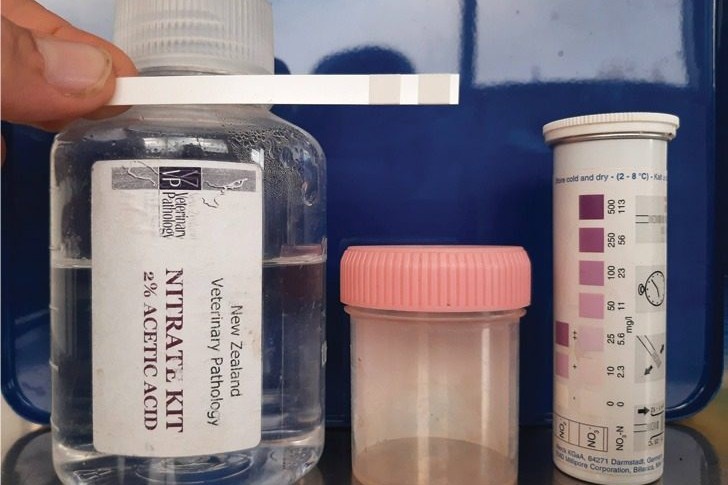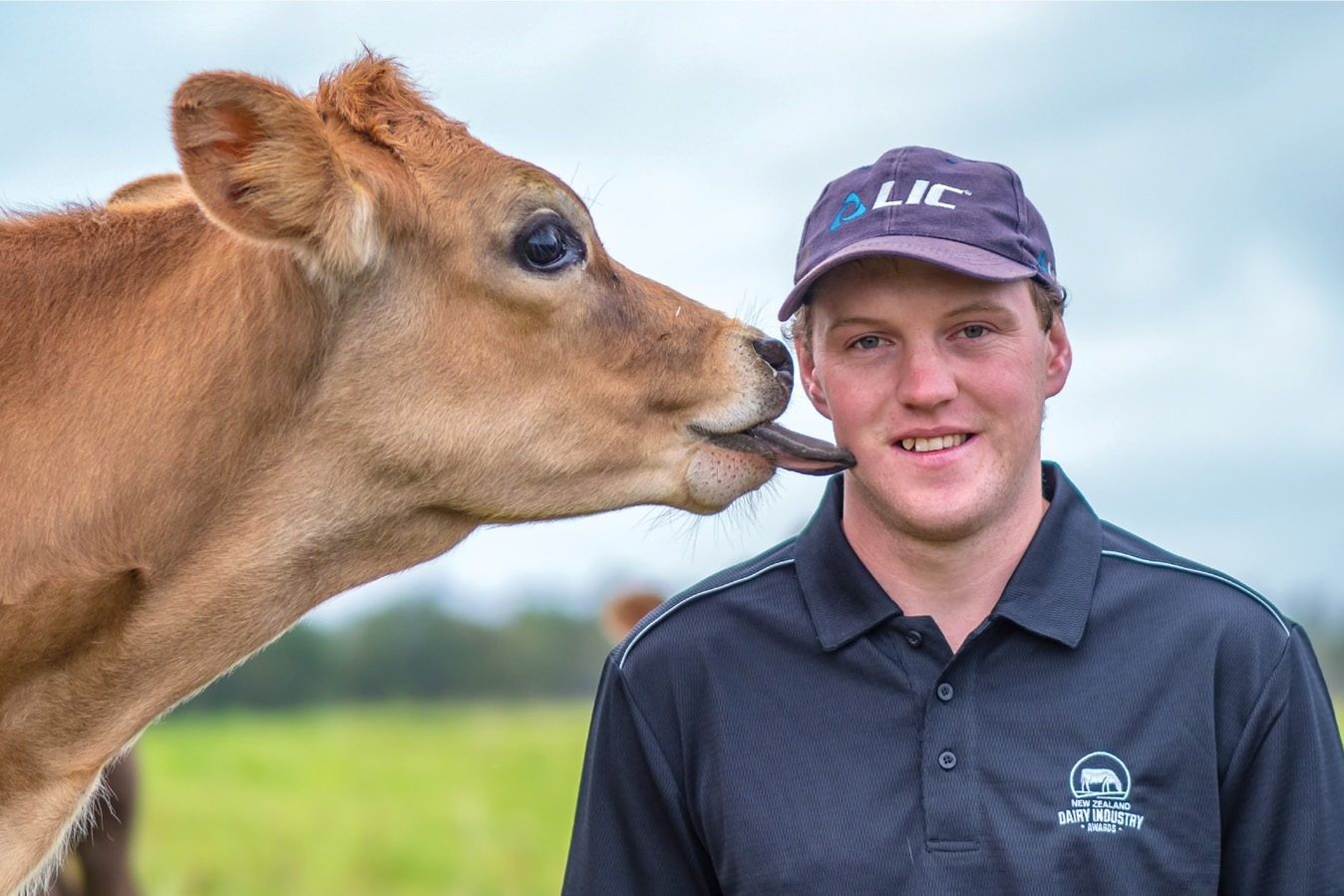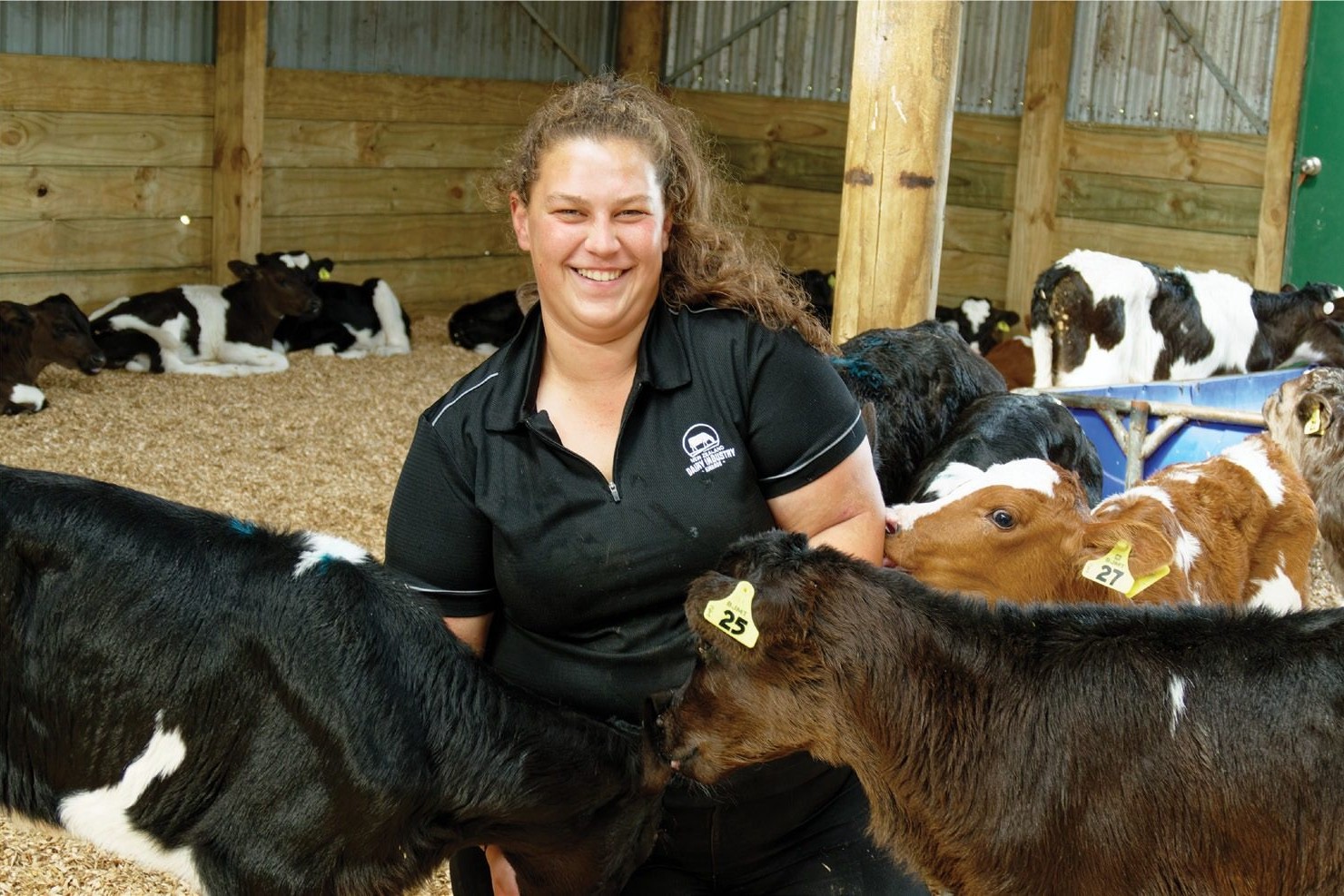The response from ag industry representatives has been rather underwhelming. None appear to have yet picked up on the underlying sentiment of this emissions reduction pathway and used that to negotiate a better outcome for our farmers. By Steven Cranston.
The Climate Change Commission draft recommendations released on January 31 have more questions than answers. These are questions that our industry will need to start getting answered soon as these recommendations will change farming in this country more than many would like to admit.
The purpose of the report was to provide a feasible pathway to meeting our National 2030 and 2050 emissions reduction targets. This draft has been presented for public submissions with final advice due by May 31 this year.
One of the more notable recommendations which has already received a fair bit of media attention was the call for a 15% reduction in livestock numbers by 2030. This does not mean on an individual farm basis but rather on average across the sector. It is thought this will be achieved from a combination of lower stocking rates and land use change. The Commission’s pathway sees 2000ha per year of dairy land being converted to horticulture from 2025, and the trend of converting hill country land to native and exotic forestry to continue with 300,000ha and 380,000ha added by 2030 respectively.
To counter the significant negative effects this recommendation would appear to have on the rural economy, it has been suggested this reduction can be achieved with no change to current production levels or reduction in farm profitability. I suspect many farmers caught a strong whiff of manure emanating off that statement and rightly so, it does not pass the sniff test.
This dubious assertion seems to have originated from modelling carried out by the New Zealand Agricultural Greenhouse Gas Research Centre for the Biological Emissions Reference Group (BERG) and contains many flaws and impracticalities. As an example, the most effective management change option for dairy appeared to be planting 25% of the farm in maize each year. Maize has a low nitrogen content which is thought to alter rumen digestion and reduce CH4 emissions. This type of major system change runs directly counter to regional council water quality guidelines which seek to minimise cultivation area and soil erosion. Not to mention the significant soil carbon losses this option would promote. The BERG report offered such mixed findings on the feasibility of reducing stocking numbers whilst maintaining production and profitability that it never should have been referenced for this purpose at all.
Seeking to improve farm efficiency is certainly a noble objective, there is always room to improve. Reducing stock numbers and shifting that feed directly into increased productivity per animal is easy to do in a computer model, but not always easy in practice.
Difficult to achieve
Pasture production and quality may suffer, more silage may need to be cut and more supplements fed. Most farmers have already optimised their systems over many years of trial and error so these large improvements in efficiency at no additional cost may be more difficult to achieve than the Commission has forecast. The idea that production levels and profitability will withstand a 15% drop in stock numbers seems more a throw away comment to pacify critics rather than a genuine, researched position.
It is also worth noting that the 15% drop in stock numbers will only reduce total emissions by around 7% once the alleged increases in per animal productivity are factored in. A more detailed cost/benefit analysis of this process would be helpful.
The dairy sector at least has some management options which can help reduce emissions such as low nitrogen feeds and reduced fertiliser inputs. Management options for the sheep and beef sector are more limited due to their generally less intensive farming practices. The Commission has recommended a move towards low emission sheep genetics which is estimated to reduce flock emissions by 1.5% by 2030. There are some developing technologies such as vaccines and methane inhibitors for stock which could in time prove to be game changers in our ability to manage emissions. But these are still untested and may not yet live up to their potential. This leaves farming with few good short-term options to start on our journey towards the Government’s 24-47% 2050 methane reduction target.
Methane not the problem
To understand the Climate Change Commission’s draft emission reduction pathway, we must first take a step back and look at what sits behind the reduction targets. Essentially, the Government has worked out that although methane is not the problem, it will be less costly for the country to cut agricultural emissions than it would be to make the required medium-term cuts to CO2. The Productivity Commission has already acknowledged that biological methane can simply be stabilised at current levels and no further atmospheric warming will be produced. Crucially however, they went on to say that our national emission targets will not be achieved without also cutting methane.
The fact that stabilised methane does not impact climate was danced around throughout the report, notably in the dismissal of global warming potential (GWP) as an accounting method. Many farmers by now would have heard of this new metric, it has been specifically designed to represent the warming effect of a steady flow of methane emitted over time, such as from a farm. If GWP was used by the Government to account for agricultural methane it would show that our stabilised emissions have no net warming effect on the atmosphere. This is due to the rate of methane decay offsetting new emissions.
The Commission acknowledged GWP was a better tool for the purpose of limiting temperature increase yet went on to dismiss its use on the grounds it would result in the effective ‘grandparenting’ of emissions. As GWP measures the change in emissions from any given base year, a farm that is already a high emitter would by default have a higher base year to start from. So called ‘grandparenting’ in this instance however makes perfect sense. A farm with 10,000 head of sheep should not be expected to have the same starting point as a farm with only 2000 sheep.
Describing this as ‘unfair’ seems little more than a desperate attempt to sweep GWP under the rug before too many people work out its significance for policy. It would be much more difficult to put a blanket tax on methane if the data shows no warming effect.
Agriculture a scapegoat
More transparency is required if we are ever to have the open and honest discussion that is needed to find a long-term solution to climate change. Scapegoating agriculture in this country might work in the short term but other countries are already starting to take a more nuanced approach. How will New Zealand dairy farmers respond when in a few years’ time California is exporting their produce as ‘climate neutral’? Will we then have to overhaul our entire emission accounting process to compete? The science around methane’s effect on climate is well established, just because our country might choose to ignore it does not mean others will.
The response from ag industry representatives has been rather underwhelming. None appear to have yet picked up on the underlying sentiment of this emissions reduction pathway and used that to negotiate a better outcome for our farmers. There are other more positive approaches our industry could be taking, but that won’t happen until we start asking the right questions.
- Steven Cranston is a Waikato-based environmental consultant and farmer.






